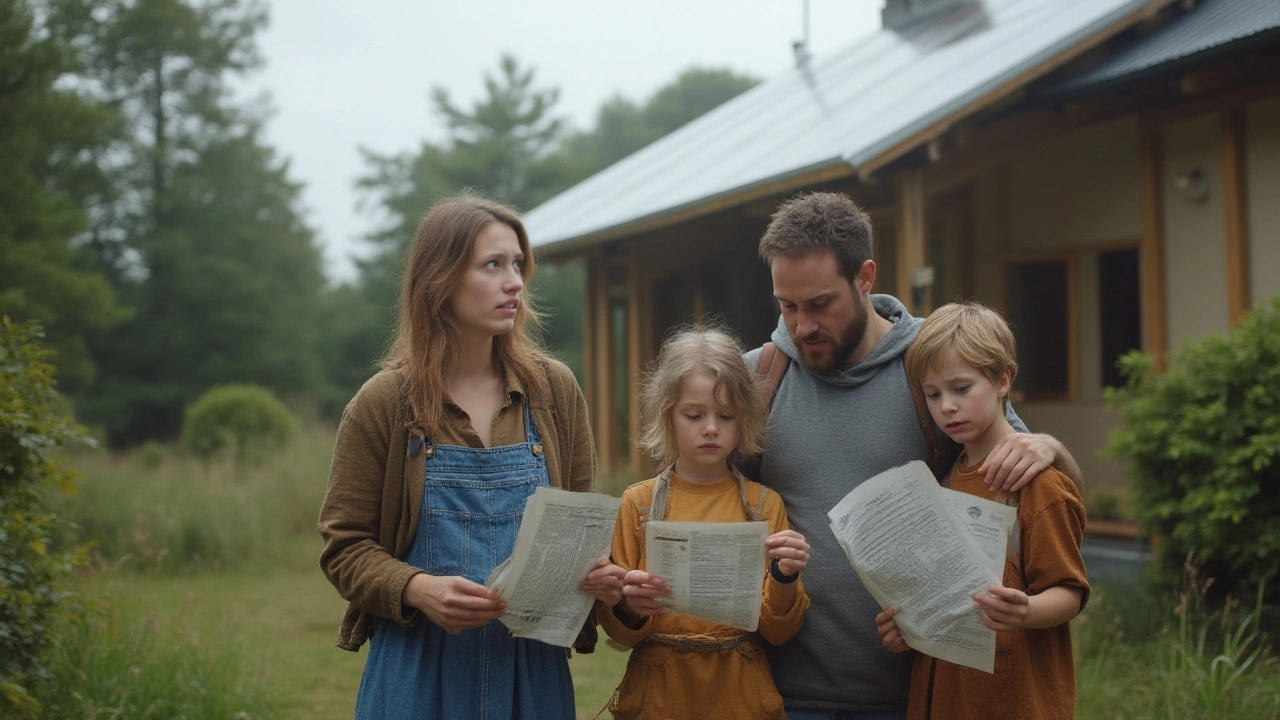
Eco Friendly House Problems: What Goes Wrong and How to Fix It
Living in a green house feels great until a problem pops up. From hidden leaks to unexpected costs, eco‑friendly homes have their own quirks. Below we break down the most common issues and give you simple, actionable fixes.
Moisture and Ventilation Glitches
Many sustainable builds use airtight designs to save energy. That airtightness can trap humidity, leading to mold on walls or in roof spaces. The cure is easy: install proper vents in the bathroom, kitchen, and attic, and use a dehumidifier during damp seasons. Check the ventilation fans regularly – a noisy fan usually means a clogged filter.
Another moisture trap is inadequate vapor barriers under flooring. If you notice a musty smell near the floor, pull up a few tiles and look for water stains. Re‑install a high‑quality vapor barrier and seal any gaps with eco‑friendly sealant.
Insulation and Thermal Bridges
Green homes love insulation, but poor installation creates thermal bridges—cold spots that let heat escape. Feel the walls with your hand; cold spots indicate a bridge. Adding extra insulation panels or using spray‑foam around window frames can close those gaps.
Some eco materials, like straw bale or hempcrete, settle over time. If you get drafts after a few years, consider topping up the insulation with loose‑fill cellulose, which blends well with the original material.
Cost Surprises and Budget Management
People often think eco homes are pricier, and they can be—if you don’t plan. Hidden fees show up in the form of specialist labor or rare materials. To avoid surprise bills, get a detailed quote that itemizes every material and labor hour.
Look for local suppliers that offer recycled timber or reclaimed bricks. They usually cost less than imported green products and cut down transport emissions too.
Maintenance of Sustainable Materials
Eco‑friendly finishes like natural oil paints or lime plaster need regular care. A thin coat of oil every few years protects wood from moisture. For lime plaster, a gentle wash with water and a soft brush removes grime without damaging the breathability.
Solar panels and rainwater tanks also need attention. Clean panels with a soft cloth once a month to keep efficiency up, and check tank filters for debris quarterly.
Regulatory Hurdles and Planning Permissions
Some green features, like earth‑sheltered homes or large rooftop gardens, require extra permits. Before you start building, talk to your local planning office and ask for a checklist of green requirements.
Having the paperwork sorted early saves you from costly redesigns later on. Keep copies of all approvals in a dedicated folder – it’s handy if you sell the house.
By keeping an eye on moisture, insulation, costs, maintenance, and permits, you can enjoy the benefits of a sustainable home without the headache. A few quick checks each season will keep your eco house comfortable, efficient, and problem‑free for years to come.
